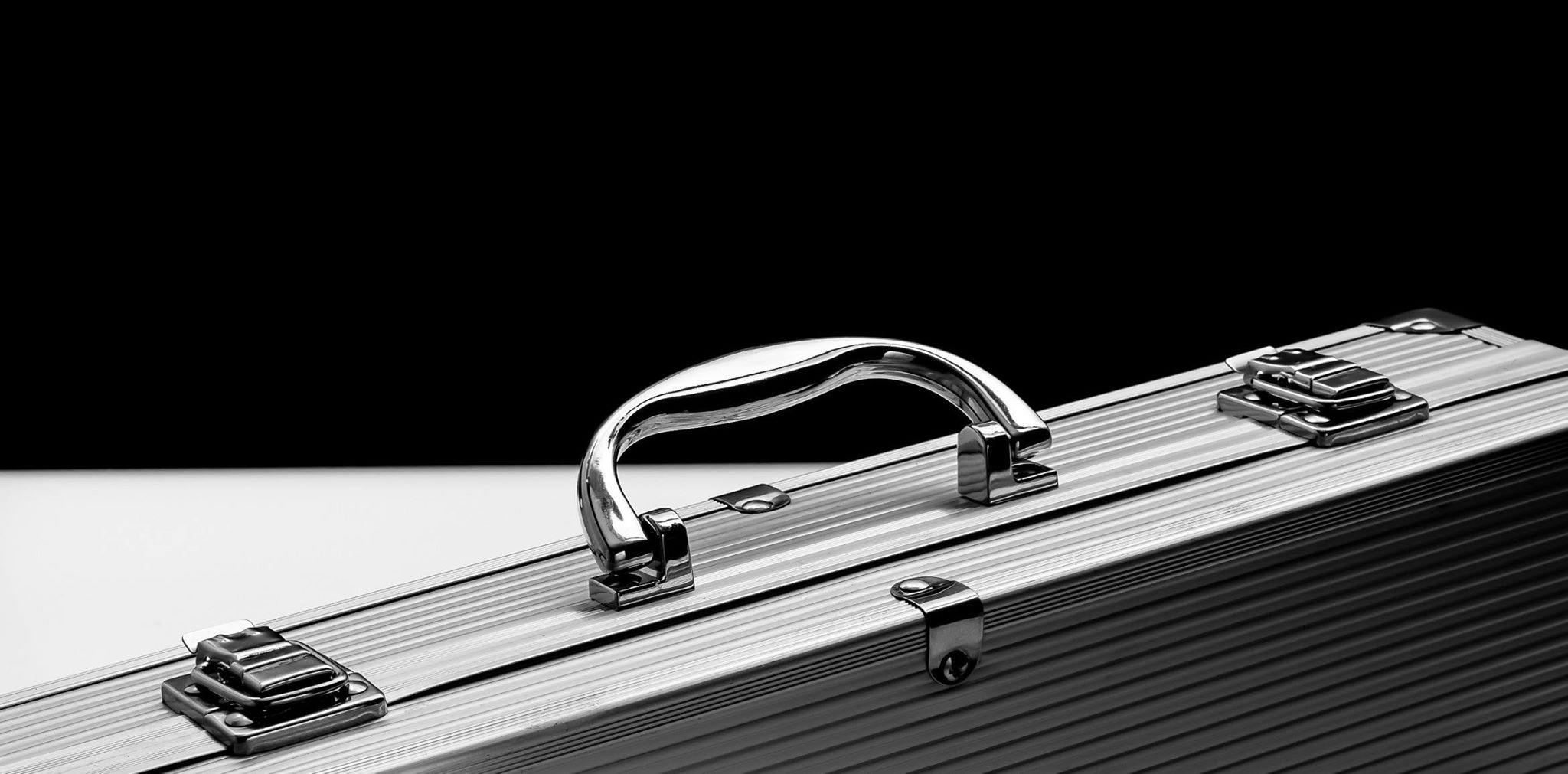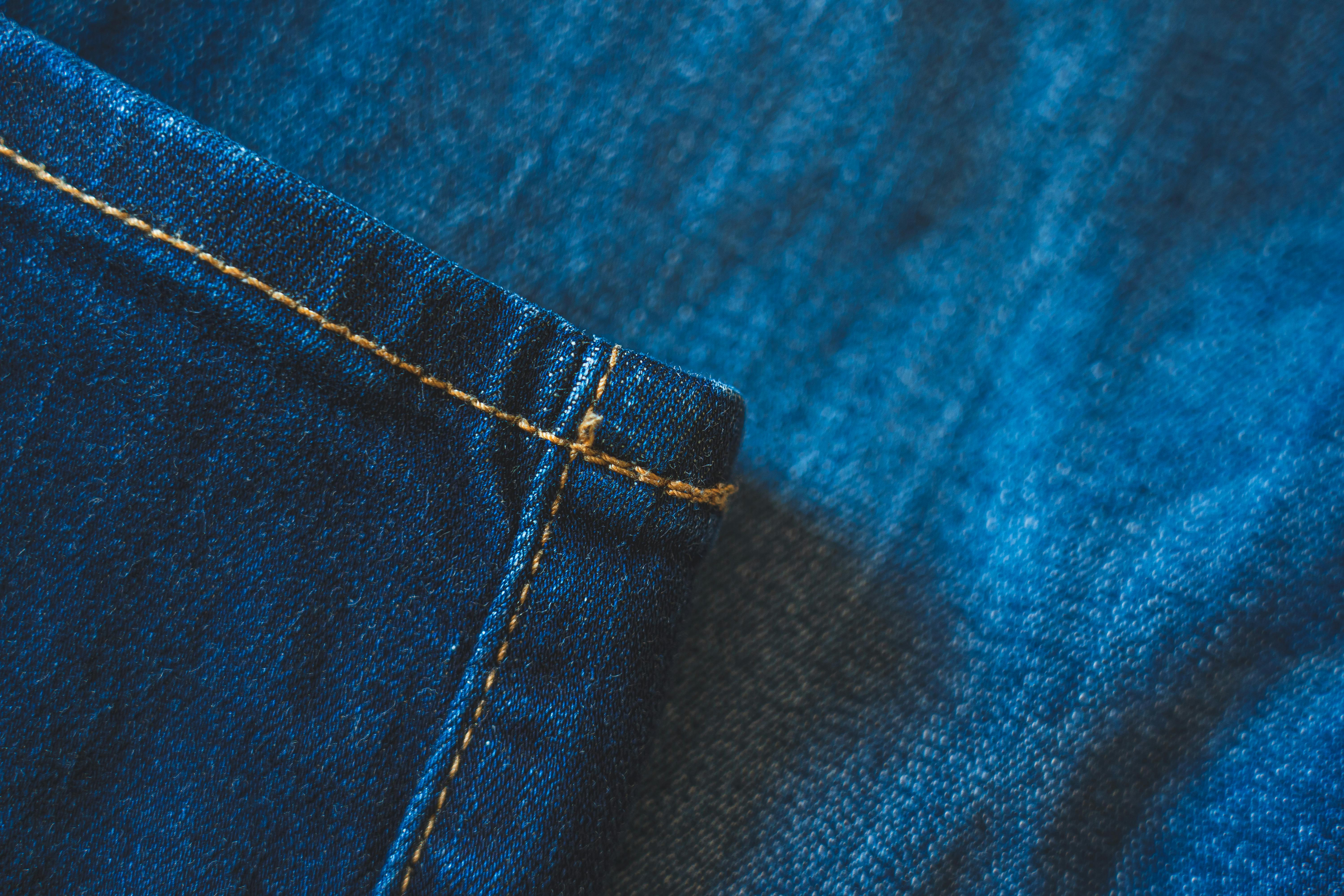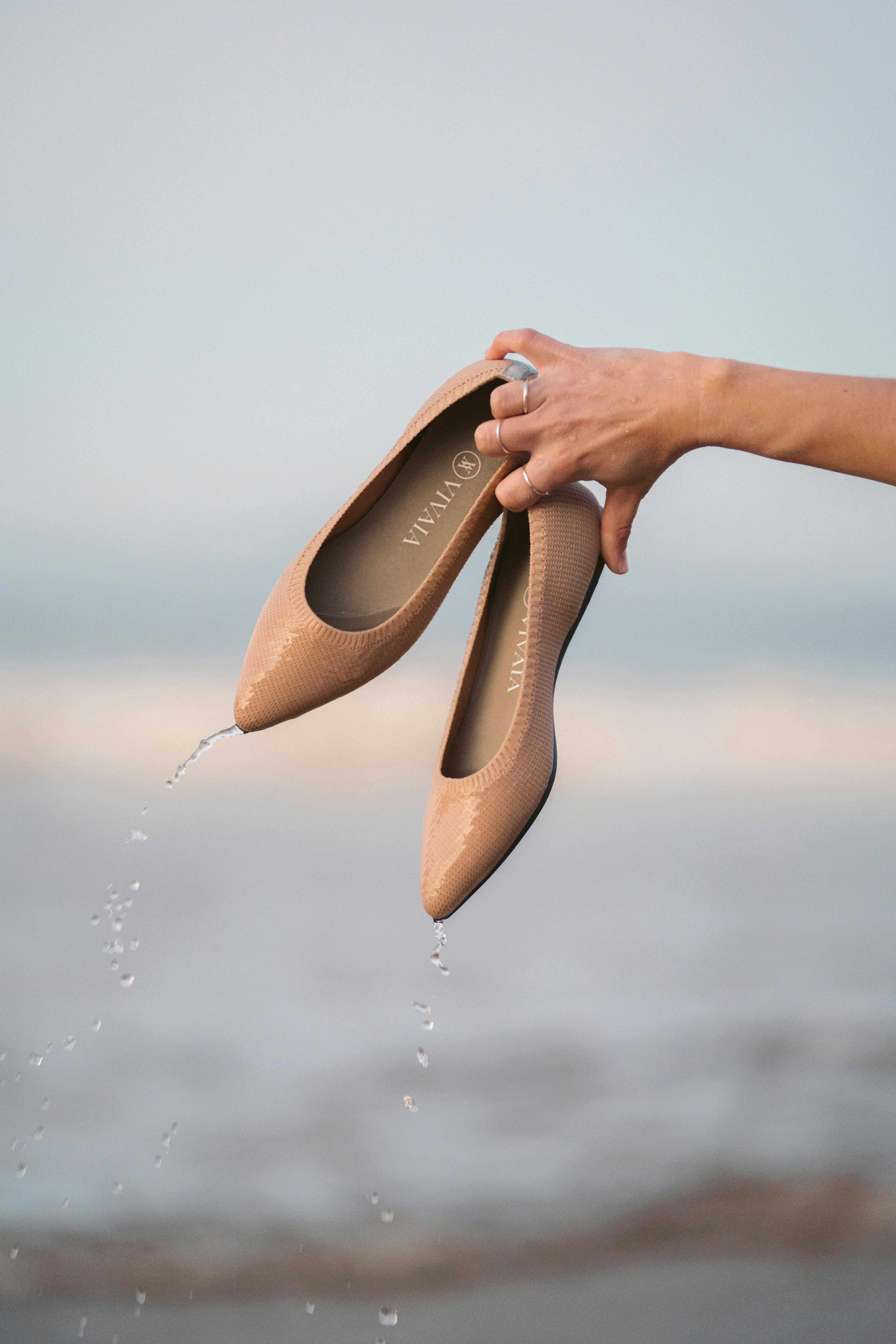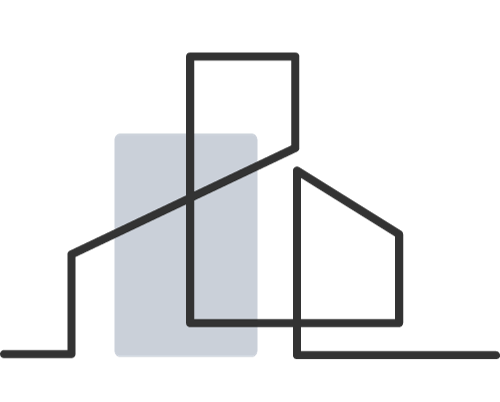
Discover the enduring appeal of clay tile roofs and how they compare to other roofing materials in terms of longevity. Clay tile roofs have a rich historical background and are known for their robustness and timeless beauty. Made from natural clay or shale, these tiles are molded and fired at high temperatures, resulting in a resilient material that can withstand harsh weather conditions. With advantages such as durability, fire resistance, low maintenance, energy efficiency, and aesthetic appeal, clay tile roofs offer homeowners a long-lasting solution. When properly installed and maintained, clay tile roofs can last for over 50 years, with some even lasting a century. Factors such as climate, installation quality, and maintenance practices influence their lifespan. While clay tile roofs present challenges such as weight, installation costs, and fragility, they continue to be a reliable and timeless choice for homeowners seeking sustainable and enduring roofing materials.

Historical Roots of Clay Tile Roofs
Clay tile roofs have a rich history that dates back thousands of years. Civilizations like the Greeks and Romans embraced clay tiles for their exceptional qualities. The tradition of using clay tiles as a roofing material made its way from Europe to the Americas, where it remained a popular choice. The fact that clay tiles have been used for centuries speaks to their longevity and endurance.
The Manufacturing Process
Understanding the longevity of clay tile roofs requires knowledge of the manufacturing process. Clay tiles are made from natural clay or shale, which is molded into desired shapes and then fired at high temperatures. This process results in tiles that are resilient, weather-resistant, and capable of withstanding harsh environmental conditions. The combination of natural materials and meticulous craftsmanship contributes to the extraordinary lifespan of clay tile roofs.
Advantages of Clay Tile Roofs
Clay tile roofs offer numerous advantages that contribute to their popularity and longevity:
Durability
Clay tiles are known for their resilience to high winds, excessive rain, and hailstorms. They do not rot, warp, or deteriorate, offering a reliable and long-lasting roofing material.
Fire Resistance
Clay tiles are inherently fire-resistant, providing homeowners with an additional layer of protection against fire hazards. This fire resistance contributes to the safety and longevity of structures with clay tile roofs.
Low Maintenance
For homeowners looking for a material that lasts a long time with minimal upkeep, clay tiles are an attractive option. They require little care and maintenance, making them a convenient choice for those who want a durable and low-maintenance roofing solution.
Energy Efficiency
The thermal properties of clay tiles contribute to energy efficiency by providing a natural insulator. This helps to reduce the need for excessive heating or cooling, resulting in potential energy savings for homeowners.
Aesthetic Appeal
In addition to their practical benefits, clay tiles are admired for their timeless and stylish appeal. They add character and charm to a wide range of architectural styles, making them a popular choice among homeowners who value aesthetic appeal.
How Long Do Clay Tile Roofs Last?
The longevity of clay tile roofs is a testament to their robust nature. Under normal conditions and with proper maintenance, clay tile roofs can last for over 50 years, with many exceeding a century. However, several factors can impact the lifespan of clay tile roofs.
Climate considerations play a significant role in the lifespan of clay tile roofs. They thrive in dry and direct climates, as excessive moisture and freeze-thaw cycles can affect their longevity. In regions with harsh winters, proper installation practices, including adequate underlayment and insulation, can mitigate potential issues.
The quality of installation is highly dependent on the skill and expertise of the installation team. Proper underlayment, flashing, and ventilation are essential components of a well-installed clay tile roof that can ensure its longevity.
Regular inspections and maintenance practices also contribute to the extended lifespan of clay tile roofs. Clearing debris and checking for damaged tiles are important tasks that homeowners should regularly perform. Prompt repairs of any issues, such as cracked or broken tiles, will prevent small problems from escalating and compromising the overall integrity of the roof.

Challenges and Considerations
While clay tile roofs boast impressive longevity, there are challenges to be mindful of:
- Weight: Clay tiles are heavy, and not all structures may be able to bear their weight. Proper structural investigation and reinforcement may be necessary before installing a clay tile roof.
- Installation Costs: The initial cost of installing a clay tile roof can be higher compared to other materials. However, the long-term benefits often outweigh the upfront investment in terms of durability and longevity.
- Fragility: While durable, clay tiles can be brittle and may break if subjected to significant stress. Care should be taken during maintenance exercises to prevent damage.
Conclusion
The lasting appeal of clay tile roofs can be attributed to their rich history, meticulous manufacturing process, and multitude of advantages that contribute to their remarkable longevity. With proper installation and maintenance, clay tile roofs can protect homes and maintain their aesthetic appeal for generations. They are a testament to the timeless combination of craftsmanship and natural resilience in the world of roofing materials. As homeowners seek sustainable and durable solutions, clay tile roofs continue to rise as a reliable and timeless choice, embracing the past while safeguarding the future.






